
Depression awareness: Reach out for yourself, and for others

In memory of his younger brother, retired Army Master Sgt. Guillermo “Bill” Leal Jr. has devoted the past several years of his nursing career to helping wounded warriors. (Courtesy photo)
Behavioral health experts say frequent deployments and other aspects of military life can contribute to clinical depression, a condition that negatively impacts mood and behavior. Depression may be more common in the armed forces community than among the civilian population, but it seems to me we still have a culture that may prevent service members from seeking help.
If depression is something you don’t want to talk about, then let me tell you about my brother. Army Sgt. 1st Class Ruben Leal joined the Army in 1975 and became a tanker, a year after I enlisted and became a Special Forces medic. Ruben always had a smile on his face. He was outgoing and athletic, and also technically and tactically proficient on the job. He was a highly respected and decorated soldier, selected to participate in elite fraternal organizations such as the Sergeant Audie Murphy Club.
Ruben considered me, his older brother, to be his hero. But truthfully, Ruben was mine. Both of us had come a long way from our troubled childhood.
By December 1991, I was a senior ROTC instructor in San Antonio, and Ruben was a platoon sergeant at Fort Hood. He’d returned from a deployment in the Gulf War several months earlier. We were less than 200 miles apart, but it might as well have been 2,000. We were both so busy that we didn’t see each other as often as we should have.
During our telephone conversations, my brother never talked about struggling with depression. Ruben was a proud man, and back then, it wasn’t really the Army’s way to focus on behavioral health issues after deployment – or really, ever.
Still, I was a trained medic, and Ruben was my brother. When he died by suicide Dec. 4, 1991, I felt tremendously guilty. I realized the signs of depression were there, and I had missed them. I’d missed all of them.
I don’t blame the military for Ruben’s death. I recognize his combat deployment experiences may have been a contributing factor in triggering a clinical depression that had roots in our dysfunctional upbringing. Since his death, I’ve struggled with depression, too. But I’ve gotten help, and I want to encourage others to do so as well.
Three years after my brother’s death, I retired from the Army and used my GI benefits to earn accreditation as a licensed vocational nurse. Then I completed a two-year registered nurse program. I’ve dedicated the past eight years of my career to helping patients in the Warrior Transition Unit. A lot of injuries we’re seeing today aren’t only physical injuries, they’re also behavioral health injuries.
This is my mission now: to encourage everyone to recognize the signs of clinical depression so they can get help -- for themselves or for others. Those signs include feeling negative, worthless, or guilty; loss of interest in previously enjoyable activities; sleeping too little or too much; or feeling restless or anxious.
Today, my eyes and ears are open to people who are struggling. I ask them, “Do you want to talk to me about it? If you do, I’m ready to listen. But if you don’t, let’s find someone for you to talk to, now. I’ll walk with you. I’m here to help.”
I tell people with depression that there’s hope. There are a lot of things we can do as health care providers, as senior leaders, as clergy. We can help you, we can get you to the right people. Please let us help you. Opening up is the first step.
We’re all in this together. I ask you to reach out to help someone else. I ask you to reach out to help yourself.
Paying attention, knowing the signs: How teenagers can help save a life
Article
9/27/2018
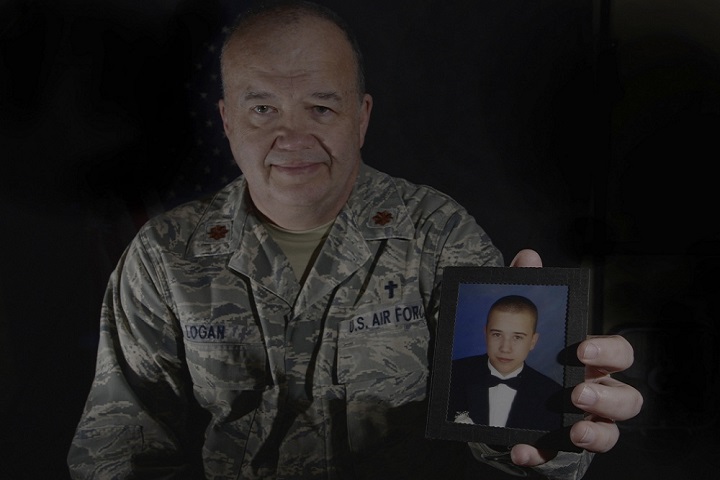
Suicide is the third leading cause of death for teens, young adults
Army observes September as Suicide Prevention Month
Article
9/24/2018
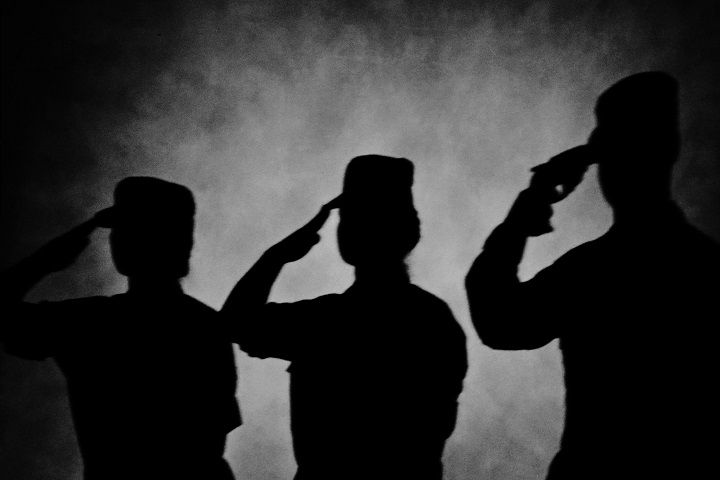
Every person has a responsibility and commitment to reach out and help
Kristin Gwin, Walter Reed Social Worker Talks About Getting Help
Video
9/12/2018

Kristin Gwin, a Social Worker at Walter Reed National Military Medical Center understands that getting help can be an intimidating process. She offers advice on how to get started by letting a professional know you want help.
Stopping bullying takes understanding, involvement
Article
9/7/2018
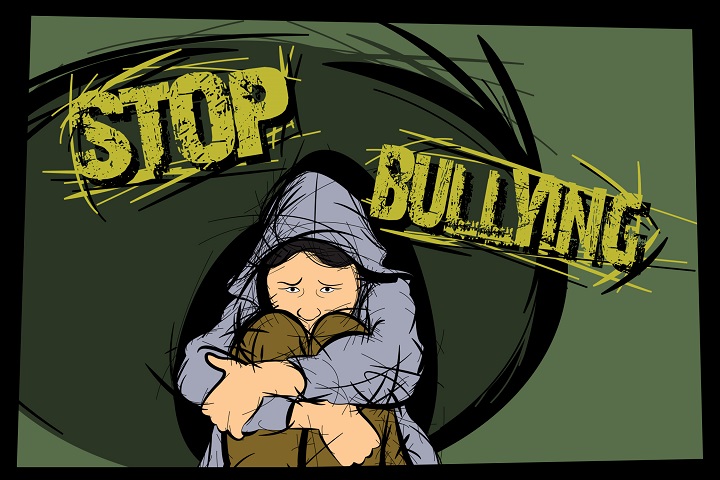
Bullying can leave visible and invisible wounds and have lasting effects on children and teenagers. Signs of the behavior can vary, and bullying others and being bullied are not mutually exclusive, experts say.
How sharing my PTSD struggles helped others—and me
Article
9/4/2018
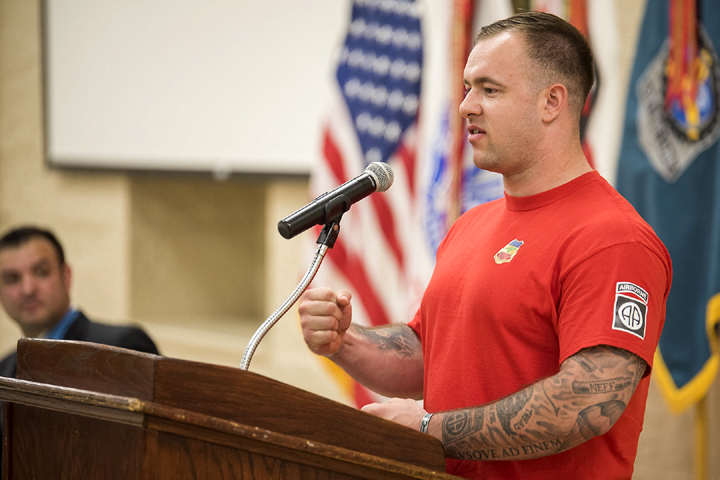
Army Sgt. Jon Harman 82nd Airborne Division, liaison officer at Walter Reed Military Medical Center
Suicide Prevention Month 2018
Video
9/4/2018

September is Suicide Prevention Month. No one fights the battle alone. Make it your mission to #BeThere for each other.
Soldier uses school project to combat suicide
Article
9/29/2017
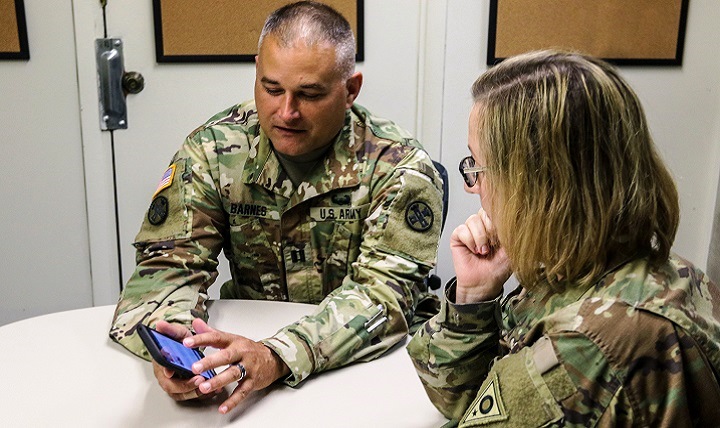
Army Capt. Michael Barnes is channeling his passion for helping veterans to get a master’s degree in nursing
Into the woods: Does nature nurture healing?
Article
9/29/2017

The goals of the Green Road project are to provide empirical evidence for the healing power of nature in wounded warriors and their caregivers
One small act can save a life
Article
9/26/2017
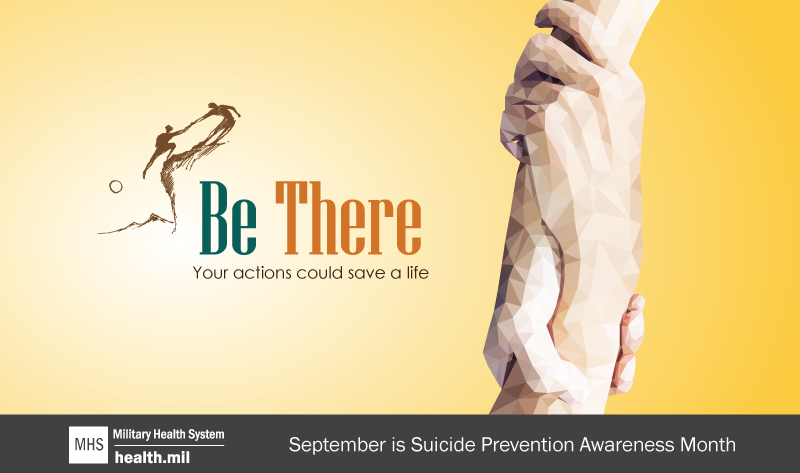
There are no specific demographics associated with suicides, but there may be warning signs
Retired Gen. Ham: I got emotional support. You can, too.
Article
9/14/2017
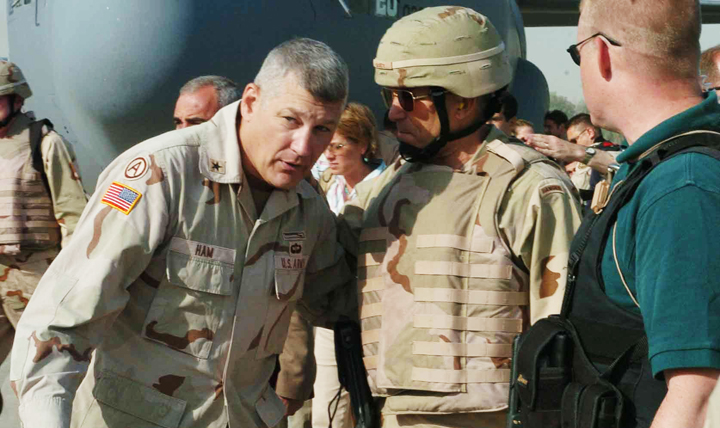
Army leader got emotional help after Iraq deployment, then earned more stars
Resources, resiliency help military children turn away from suicidal thoughts
Article
9/12/2017

Children of military parents face some real challenges, such as frequent relocations, which can make them feel isolated and turn to thoughts of suicide; Find out more about how you can keep them resilient
Suicide Prevention: Each of us has an important role to play
Article
9/5/2017
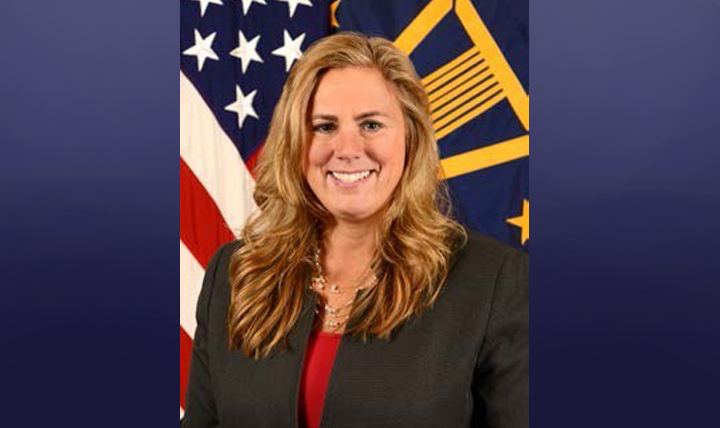
September is Suicide Prevention Awareness Month
New peer-support service launches
Article
11/25/2016

The DoD “BeThere” peer support call and outreach center is staffed by peers who are veteran service members and family members of veterans
Defense Suicide Prevention Office
Presentation
11/1/2016
Defense Suicide Prevention Office briefing for the Defense Health Board, Nov. 1, 2016.
Shattered Mirror
Photo
9/21/2016
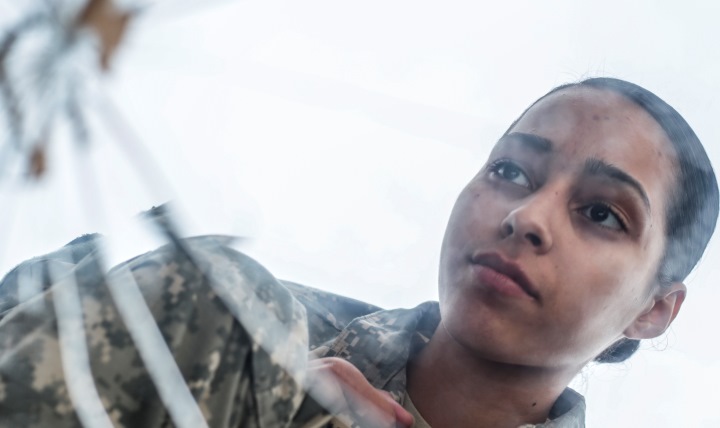
Army Private 1st Class Luselys Lugardo, a soldier assigned to the New Jersey Army National Guard, poses in front of a shattered mirror for a portrait. The shattered glass represents the way suicide hurts families, friends and coworkers. (U.S. Air Force photo by Tech. Sgt. Matt Hecht)






















.png)











No hay comentarios:
Publicar un comentario